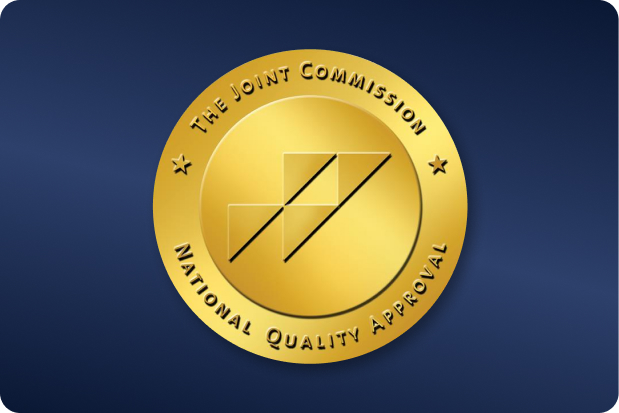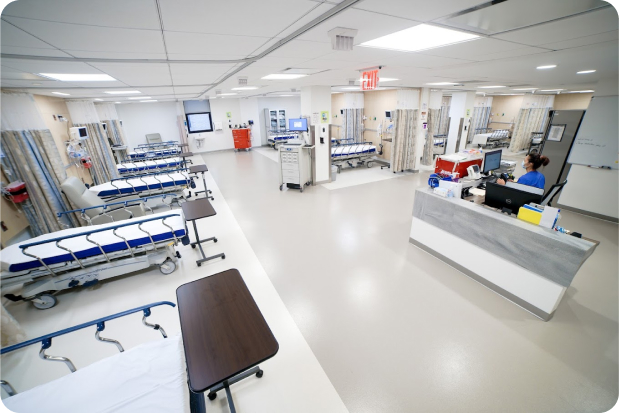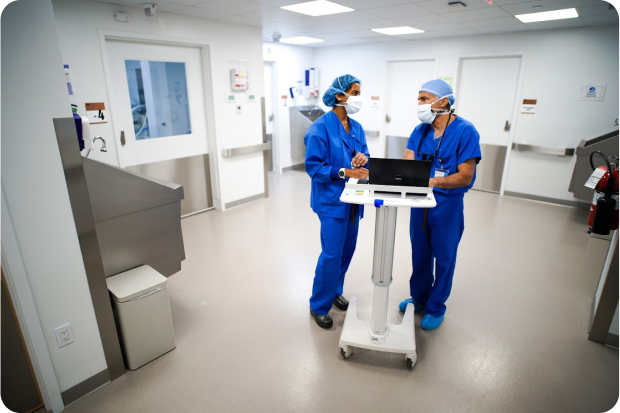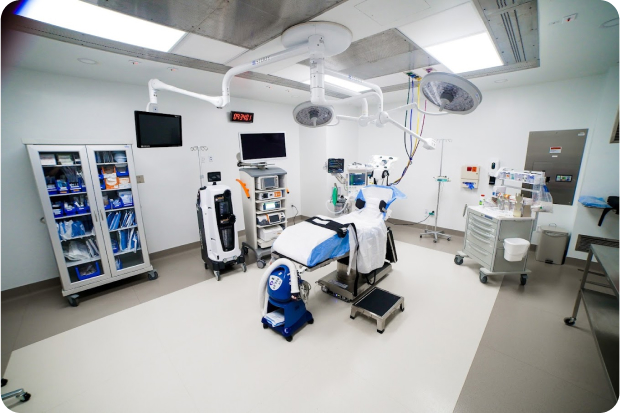 OUR LOCATIONS
Call to book 201.523.9590
OUR LOCATIONS
Call to book 201.523.9590
 OUR LOCATIONS
Call to book 201.523.9590
OUR LOCATIONS
Call to book 201.523.9590

Many people assume knee pain is always caused by a problem in the knee joints. However, that is not necessarily the case. If you’re suffering knee pain or discomfort, there is a possibility that a problem with your spine is the cause.
So how do you know if your knee pain comes from your spine? The muscles around your knees are connected to the nerves in your lower spine so if these nerves are irritated or compressed, your knees may be affected by symptoms such as intermittent back pain, hamstring tightness, weakness in the hips or quads, and the development of bunions on your feet.
Unless you have suffered a traumatic injury to your knees, the knee pain you feel is not an inflammation or a problem with your joints. Most likely, the discomfort in your knees is a symptom of the underlying cause and there’s a good chance your spine is the real culprit.
Here are four signs that can help you determine if your knee pain is a sign of a spinal condition:
Knee pain accompanied by back pain is the easiest symptom to identify which suggests the deeper problem is with the spine. Even if the back pain is mild or simply feels like some tension and tightness, it should not be disregarded because these signs are both related.
Think back if you’ve experienced mild back and knee discomfort at the same time, especially if you tend to spend your day sitting down. Sitting shortens the height of the discs along your spine and increases the disc bulge by pushing water out. The pressure on these discs is lowered when you’re sitting compared to when you’re standing. If you’re sitting a lot during the day but have knee and back pains, your spine may be the problem.
Your knees and back are connected by the spinal cord through a nerve branch that controls the lower extremities. If your spine has a pinched nerve or a bulging lumbar disc, the lower back where the nerve branch is located can redirect the pain to the knees. For some people, this is the reason why they only notice the discomfort in the knee but not in the back.
If you’re experiencing acute or chronic knee pain, make a mental scan of your body for discomfort in other areas — even if it seems completely unrelated. Let your physician know about these other aches so they can make a fully informed diagnosis.
When you are getting ready to exercise and begin to stretch your hamstrings, do you notice if there is a tightness to it that won’t go away despite frequent stretching? If so, this is one of the first signs in the lower extremities which suggest there is a nerve issue in your back causing knee pain.
The hamstrings are a group of muscles located in the back of your thighs. When these muscles are tight, the stability of your lower back is decreased. Stress builds up in the spinal joints and the normal curvature of your lower spine alters itself to adjust to the need. These changes cause lower back pain and stiffness to radiate down the knee and leg. As you move around with tight hamstrings, your knees are unable to function properly and may be damaged.
Hamstring tightness is also linked to a lumbar problem. The L5 nerve travels from the lumbar spine and connects through the outer hamstring muscle to power the biceps femoris. If this nerve is irritated or damaged, the hamstrings will become inflamed or even painful. Your knees will have to adjust when in motion to compensate for the strained hamstring.
After a few weeks of hamstring tightness, the meniscus cartilage in each knee joint will suffer. Your body will mobilize its stem cells to repair the damage but because the trauma is ongoing, the swelling will remain until the root problem is addressed.
Your quads are a group of muscles located at the front of your thigh. The three vastus muscles and rectus femoris make your thighs, one of the most powerful parts of the body, as they allow you to extend your knees and move your hips.
On the other hand, each hip is a ball-and-socket joint responsible for bearing most of your body’s weight. The hips have many ligament attachments for stability and muscular attachments to help control the motion of your leg and knee joints. The rectus femoris muscle crosses over from the quads and connects to the hip so if a problem occurs with the quad muscles, your hips will be affected.
Now, the parts of the human body are connected like a chain. Even if you didn’t experience an injury or a major trauma to your hips and quadriceps, you may suddenly feel like you’re unable to move them at full strength. This is a condition that may be caused by a spinal problem since the nerves that control the motor functions of the quads are located between the vertebrae of the lumbar spine.
If those nerves become irritated or get pinched by the vertebrae, the movement of your hips and quads will be affected. Weakness in these areas will cause the knee joints to work harder and wear out faster, which explains the knee pain you might be feeling.
It may be surprising to hear that bunions on your feet and your spine can affect each other. You may be wondering how these two can be connected and how they have an impact on your knees.
Bunions or bone spurs may grow on your feet if you have a back problem. The L5 and S1 spinal nerves travel to the muscles stabilizing inside and outside of your feet. If these nerves become injured, the muscles will be weakened and unable to perform effectively. You wouldn’t be able to walk, run, or stand as you normally would.
Once this happens, your feet will roll towards the inside and the arches will flatten out to support your weight with the inner edge of your feet. Foot pronation occurs when the main tendon continues to stay misaligned and keeps the joint of the big toes tilted unnaturally, creating pressure in the joint where bunions can form.
The strain of moving this way tends to cause back pain. When the back and feet areas are weakened, the knee joints have to work harder and wear out faster, causing knee pain.
Your knee and your spine are more connected than you’d expect. Unless you had a major knee injury like ACL, knee pain and associated symptoms are often caused by problems in the nerves that link the spine to the lower extremities. Issues with the nerves housed in your lower back can greatly impact how your muscles work.
Problems commonly occur with the sciatic nerve, the longest and largest nerve in the body. It is a critical nerve that extends from your lower back all the way to your toes, travelling through the back of your knees. The sciatic nerve is linked to the muscles in these areas so any pressure applied to it can affect the lower half of your body.
As you grow older (or get injured), the vertebrae discs protecting your spine may degenerate or bulge out, pressing on the nerves and irritating them. The sciatic nerve roots located in your lower back transmit pain sensations depending on which disc is protruding.
If the pinched nerve is at the second, third, or fourth lumbar vertebrae, referred pain will be received by the knee. Referred pain is a phenomenon where discomfort is felt at a location other than where the cause is situated as a result of pain signals being sent along interconnected sensory nerves.
Sciatica is the condition that occurs when this nerve is compressed or irritated. It often begins as back pain that “shoots” discomfort down to your leg and knee. This may also cause the discomfort to radiate down the hips, the outer side of the leg, and the other body parts connected to these areas.
Low-level nerve irritation may not always be felt as back or leg pain, however. The pinched nerves can also cause your muscles to misfire and destroy the protection your knee joints need, triggering discomfort. The pain may also manifest as tingling or numbness in the legs and feet. Although sciatica is common and treatable, it can be quite debilitating in severe cases.
Sciatica is linked to certain conditions including pregnancy, osteoarthritis, degenerative disc disease, and herniated or bulging discs. Doctors who suspect their patients have sciatica may ask their patients to perform some exercises or undergo x-rays and similar tests.
Physicians will also ask questions several questions including:
Depending on your physician’s diagnosis, they can create a specific treatment plan which will address the root cause of your problem and help you relieve knee pain. Surgery is often not the first option a specialist will propose for your treatment.
You can expect your doctor to recommend physical therapy, postural correction, and self-care to help you heal. Here are a few treatment tips you can follow to help you care for your body:
Having a healthy body is key to living a full and active life. At the Spine & Rehab Group, we are committed to helping our patients recover from uncomfortable conditions or injuries that are holding them back.
The Spine & Rehab Group is composed of top-rated, board-certified physicians serving in seven convenient locations around New York. With over 15 years of experience, we are well-trained in non-surgical approaches that bring our patients back to full health. Contact us to schedule an appointment.



